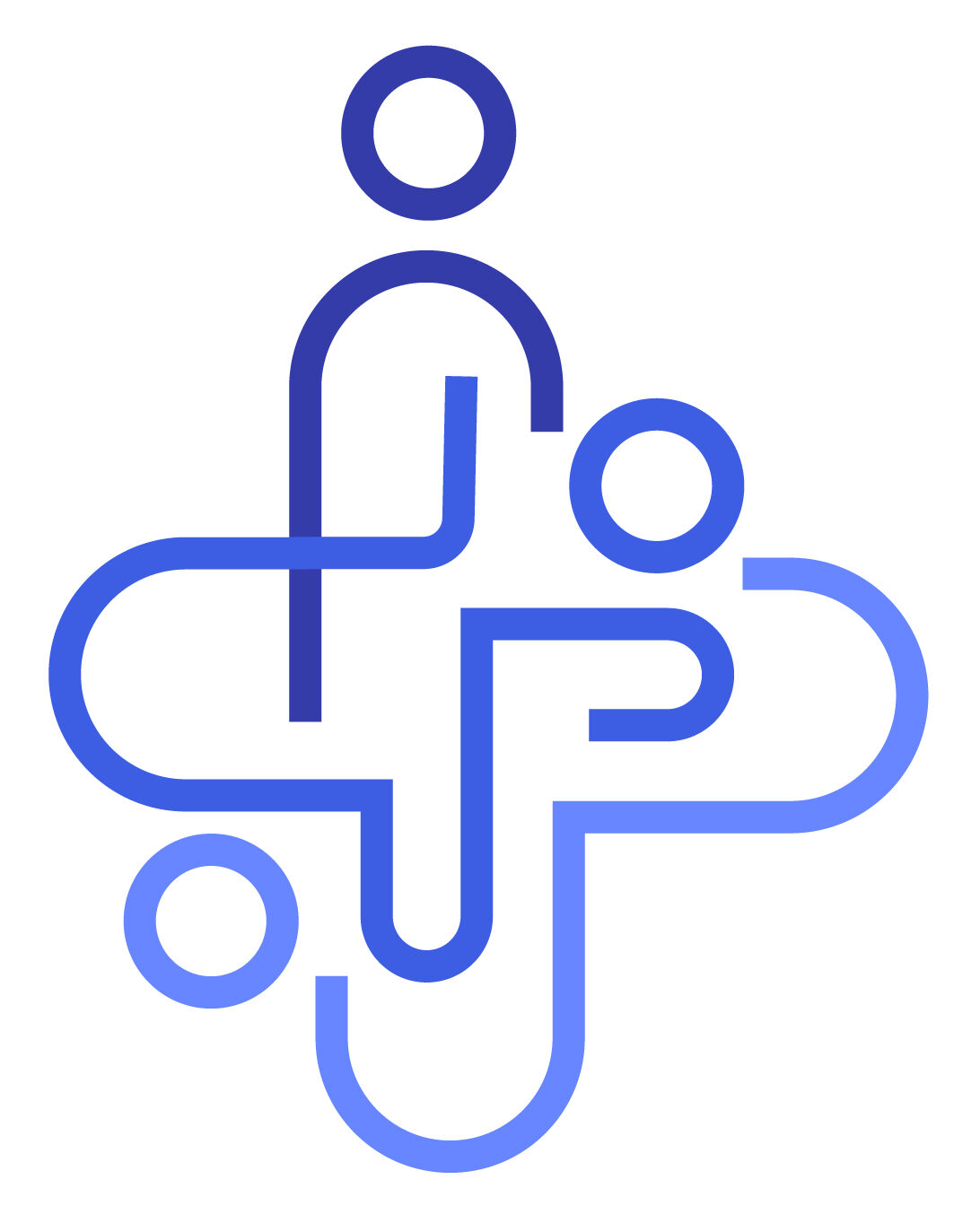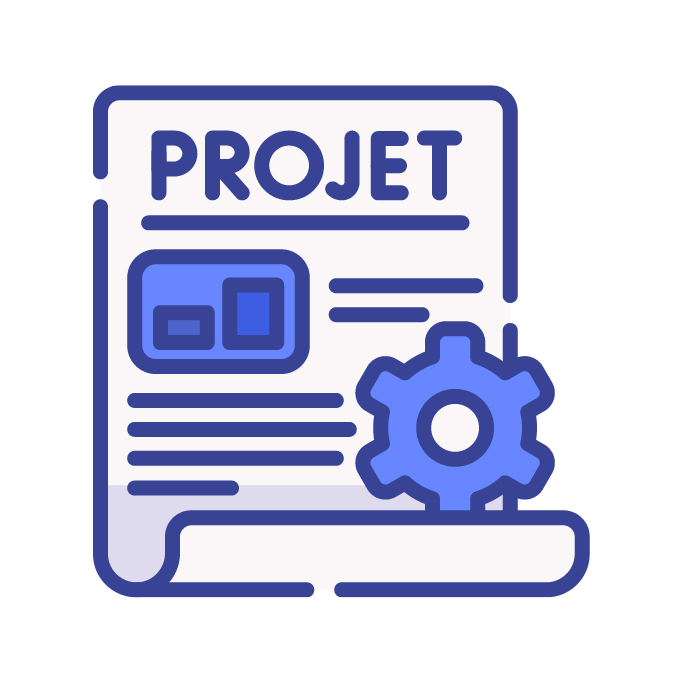Glossary of healthcare pathways:a methodological approachinvolving a transdisciplinary teamin public health
Laurie Fraticelli 1*, Elise Verot 1,2,3, Hans-Martin Späth 1,
Marine C. Genton 1, Cédric Kempf 1, Celine Clement 1,4,
Adeline Darlington-Bernard 1, Sylvain Roy 1, Claude Dussart 1,5,
Gérard Mick 1,6 and Florence Carrouel 1
1 Health, Systemic, Process, UR 4129 Research Unit, University Claude Bernard Lyon 1, University of Lyon,
Lyon, France, 2 Presage Institute, University Jean Monnet, Saint-Etienne, France, 3 CIC 1408 Inserm, CHU of
Saint-Etienne, Saint-Etienne, France, 4 Laboratory Interpsy, UR4432, University of Lorraine, Nancy, France,
5 Hospices Civils of Lyon, Lyon, France, 6 CHU Grenoble-Alpes-Voiron, Voiron, France.
Introduction: The healthcare pathway is at the heart of public health organization
concerns, but communication between the various players can be an obstacle.
This work, produced by a French transdisciplinary team, offers a methodological
approach based on formalized consensus to elaborate a glossary of healthcare
pathways. A two-steps procedure was elaborated, including a double rounded
Delphi method to formalize expert consensus, and two groups of experts: a
workgroup and a review group.
Methods: The workgroup provided a list of words or expressions that, in
their opinion, described, evaluated or compared the healthcare pathways for
patients, caregivers or regulators. The review group checked this list and added
or deleted words or expressions. Then, definitions were added by the workgroup
based into account three dimensions: official, academic and from the field. The
review group validated the definitions and provided complementary proposals
if needed.
Results: After pooling the list of words proposed by each of the six members
of the working group, 417 words/expressions were ranked. After the two
rounds of evaluation, 294 words/expressions were rated “appropriate” and
were analyzed by the review group. This group, after two rounds of evaluation,
agreed on 263 words/expressions that were transmitted to the working group
who defined them. These definitions were rated by the review group. The first
round of evaluation established 195 definitions as being appropriated whereas
68 definitions were amended by the review group.
Conclusion: This glossary supports transdisciplinary communication, reduces
the extent of variations in practice and optimizes decision-making. International
debate on all aspects might be strengthened.




